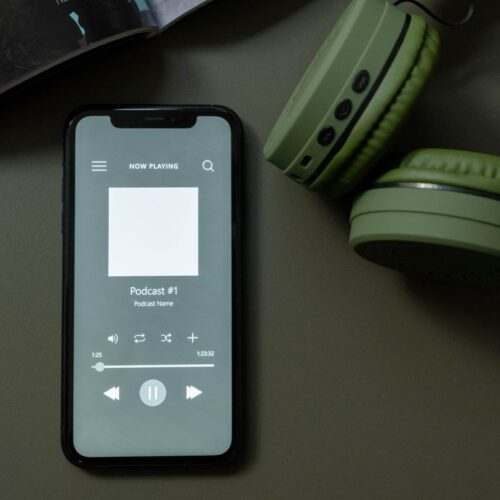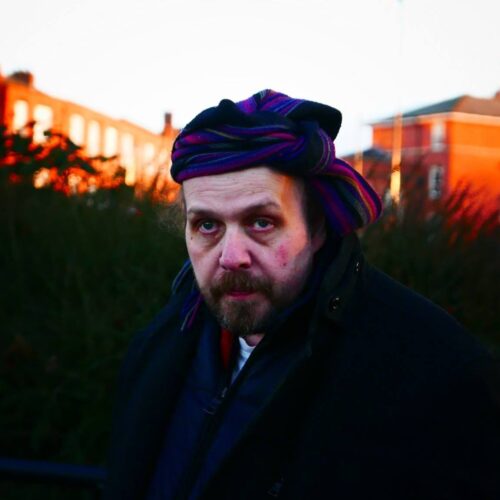
Ensemble in focus – The Hermes Experiment
This is the first in a series of blogs where I introduce OCA composers (or, indeed, anybody else who might be interested) to UK-based ensembles, particularly those that are young, exciting, and focus on performing newly composed music.
The Hermes experiment is a pretty weird ensemble, and being pretty weird is an advantage when it comes to the contemporary classical music scene! The line-up is one of the things that makes them so unique; soprano singer, clarinet, double bass, and harp. As you can imagine there is scant pre-existing repertoire for this combination of instruments, thus The Hermes Experiment have been busy commissioning new works, working with over 35 composers in only a few years. And many of these pieces are fantastic; imaginative, colourful, and always performed with musicality and panache:
https://soundcloud.com/the-hermes-experiment/we-phoenician-sailors-delta-song-by-freya-waley-cohen-live-performance
Another feature of The Hermes Experiment is their willingness to improvise; something they do very well indeed. Many composers find improvisation a useful to skill to practice, as it can develop one’s ability to craft unpredictable gestures and create unusual timbres. Similarly, it can be an exciting experience to write for performers who are confident improvisers; they tend to be open and willing to collaborate:
https://soundcloud.com/the-hermes-experiment/free-improvisation
My favourite moment occurs at 1:14, when both the double bass and harp dissipate, allowing for a beautiful dialogue to emerge between the voice and clarinet. Another exciting event occurs at 1:40, whispering followed by a hand clap, which appears to trigger a series of sonically interesting gestures. This portion of the improvisation is worth noting for a couple of reasons:
- Firstly, it demonstrates a number of ‘extended techniques’; these are sounds generated by interacting with the instrument in an unusual way (e.g. the way in which the performer strikes the wood of her harp). These sounds are not limited to improvised material, but can be incorporated into conventionally notated music too. Although used more commonly in recently-composed music, these extended techniques are not necessarily a recent innovation – Heinrich Biber’s Battalia (which was composed in 1673) contains some adventurous string instrument writing; col legno (striking strings with the wood of the bow), paper threaded between strings to imitate the sound of a snare drum, and left-hand pizzicato. If you are a composer, do not be scared to use some of these techniques in your own work.
- Secondly, it illustrates how instrumental parts can have ‘relationships’. They can be harmonious, or in conflict. They can be agreeing, or discussing, or debating, or arguing. One idea performed on one instrument can spark off another idea performed on another instrument. Considering the various possible interactions between two or more instruments is an exciting way to compose.
The Hermes Experiment have already achieved remarkable success; they won the Nonclassical Battle of the Bands in 2014, and were selected to be Park Lane Young Group Artists for the 2015/16 season. Details of their upcoming tour to Scotland can be viewed here.






Gosh, that sounds exciting! That combination of instruments does get one’s imagination and creative juices going. I’ll mull it over in-between assignments.
I’m interested that ‘young’ as an adjective is used here along with exciting as if it is a quality that is inherently exciting. Having worked with mature students, and indeed thinking about the people who are making the most radical work and proposing the most radical cultural theory that I am aware of in visual art, I don’t get a sense of that link at all. Perhaps it is different with music? Or perhaps you mean the ensembles are new birthed, rather than the actual humans in them?
Emma, you make a good point. What I mean by “young, exciting”, I suppose, is that I am avoiding writing articles on long-established ensembles (like the London Sinfonietta). I want to introduce OCA student to ensembles that they are unlikely to have heard of, and perhaps the kind of musicians who OCA students can aspire to write for.
There is a fetishisation of youth in the new music community; I am 32 and yet I am excluded from applying to a large number of competitions and opportunities as a result of my advanced age! I certainly don’t want to appear to be focusing entirely on young performers, and will amend the introduction in future articles accordingly.